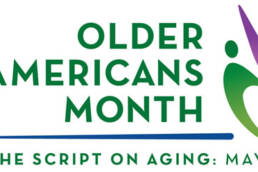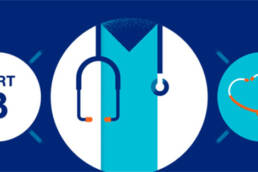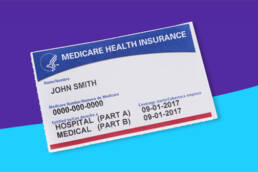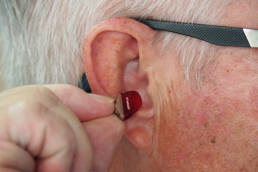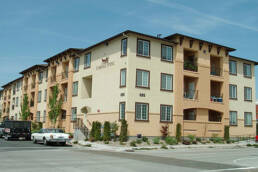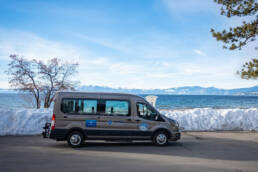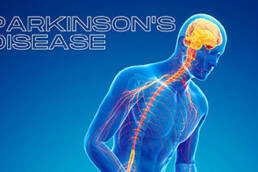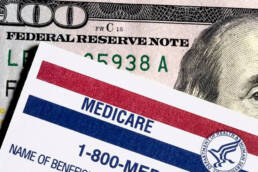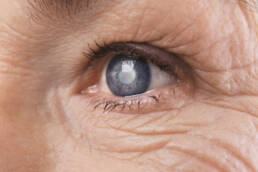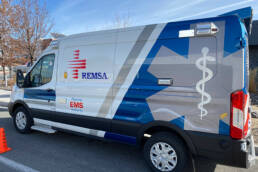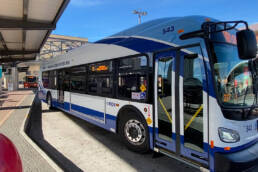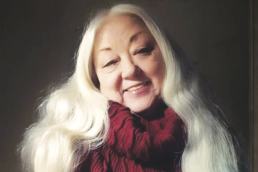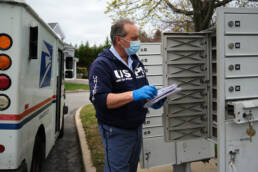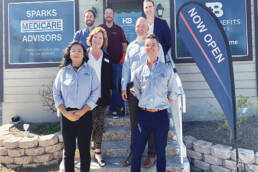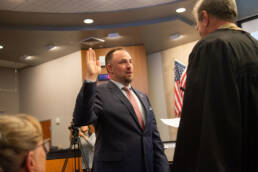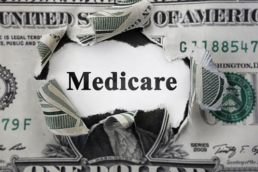Personal Care Services (PCS) provided under various Medicaid programs, an update on the current environment and potential solutions.
Approximately 220 agencies in Nevada provide a wide range of services to care recipients under various Medicaid programs, highlighting the scale and importance of their contributions.
The Medicaid program in Nevada has suffered from a decades-long issue of low reimbursement. Low reimbursement is an issue that PCS providers and providers of services outside of the PCS program often bring up (adult day care, group homes). It’s easy to overlook the reimbursement issues in PCS while providers of other services claim the same problem. By way of example, this agency was paid less than minimum wage for services provided over 2,200 times since 2018. Reimbursement for these services has ranged from $8 to $10 an hour for respite care and companion care under Frail Elderly contracts with ADSD. This issue was corrected on January 1, 2024, when all services (except for Chore Service) were raised to $25 an hour.
That’s brought some relief. Unfortunately, the agreement reached by the SB340 board in 2022, which approved the $25-an-hour rate and a corresponding minimum wage of $15 an hour, was changed in the last legislative session to $25 an hour with a $16 minimum wage.
This adjustment to the minimum wage (for agencies following the regulations) moves agencies uncomfortably close to the 80/20 provision (also referred to as the Medicaid Access Rule) recently released by CMS (note: 80/20 means 80% of reimbursement must be spent on caregivers, this includes hourly wages, payroll taxes, and other expenses directly tied to the caregiver).
The Home Care Association of America (HCAOA) recently released the following statement:
“When implemented, swift and severe negative impacts on patient access nationally are expected. Most providers will curtail services, while many will leave the Medicaid space entirely. The 80/20 provision will only reduce access, particularly in rural and underserved communities, contradicting the purported goal of the rule.”
Unfortunately, my agency and agencies trying to stay compliant are already at or above the 80/20 rule in Nevada.
Combined with a disastrous rollout of a new Electronic Visitation Verification system (EVV), it left many agencies on the verge of closing by the end of February (I believe there are local TV reports on the issue).
The result is that there is no clear answer or guidance on how to solve the issues in the PCS program. As far as I can recall, over the last 20 years, there hasn’t been an increase in reimbursement that wasn’t later taken away or reduced (or at least attempted).
All of this leaves agencies (and our clients and caregivers) with some of the following issues:
• Difficult cases are not accepted. This includes people with behavioral issues, people requiring a higher level of skill in providing service, and, unfortunately, people who don’t have family caregivers available.
• Agencies circumvent the rules and regulations. My agency pays nearly $400,000 annually on employee benefits; simply classifying the caregiver as an independent contractor eliminates that expense. This exposes the client and the caregiver since they are no longer covered by the agency’s workers’ compensation policy, general liability and theft policies, and unemployment insurance.
• Agencies that try to follow the rules and regulations find it increasingly difficult to remain compliant due to the PCS program’s misclassification as a “Medical Facility or other Related Entity.” The impact of this is that every time legislation related to hospitals passes (infection control, cultural competency), it impacts non-medical agencies, requiring they jump through time-consuming, expensive, cumbersome hoops that add little to no value for the investment required.
• Despite all the regulations, there is little to no guidance on how PCS agencies should run. Many agencies don’t know the rules and regulations anymore. Much of this has to do with eliminating audits done by Medicaid around 2015.
There are more issues, but in an effort towards brevity, the following is a list of potential solutions (this isn’t an exhaustive list) that have been brought up by agencies involved with the Personal Care Association of Nevada (PCAN):
• In an effort directed at serving clients who are complex and/or challenging to staff, the split rate system of reimbursement that would be cost-neutral is proposed. There are already discussions about raising the reimbursement rate for PCS; instead of raising the reimbursement rate for all services, it’s recommended that a tiered reimbursement system be established using a new rate proposal as guidance.
For example, if there is a proposal to raise Medicaid rates to $26 an hour, it would be prudent to investigate the possibility of leaving most clients at a reimbursement of $25 an hour and create a series of rates reimbursed on complexity. If you took the top 10% of clients that are the most difficult, hard to staff, prone to hospitalizations, and paid a higher rate of $32 an hour, you could staff those cases by agencies who would choose to specialize in these types of cases.
The remaining funds left over under the new system could be targeted to Older Medicaid recipients not receiving personal care services in the Frail Elderly and who are socially isolated.
The net impact of a program similar to this is not only cost-neutral but is probably a way of saving costs since you should see reduced hospital admissions (a detailed cost study may even show that the PCS program saves money overall when considering the cost of averted hospitalizations.
Another benefit of this program is that a career path emerges for Personal Care Attendants. This path starts with basic PCS, moves to more advanced levels of PCS, and hopefully, into a higher level in a medical field if the PCA is so inclined.
• Remove PCS from Chapter 449 (medical facilities and other related entities) and establish PCS as a separate chapter. This will eliminate agencies’ current regulatory burden and allow the focus to be on providing services under a chapter written and regulated independently.
• Create a policy prohibiting the use of Independent Contractors instead of W2 employees for agencies with Medicaid contracts. This would benefit the caregivers, providing them with needed benefits and coverage. The SB340 board unanimously approved this proposal at the end of 2022, yet it hasn’t been implemented.
• Create a system that allows clients, caregivers, and the general public to find out what programs agencies offer, their policies, and other information. When we first discussed this, it was called “the portal.” The portal provides transparency and also serves as a guide for what agencies should be offering. If a Client wants to know which agency has a specific provider contract, speaks certain languages, what their survey results look like, and what employee benefits the agency offers, they go to the portal and input what coverages are essential to them. A ranked list of agencies is generated, with links to their regulatory surveys. This provides transparency and gives the state information on what agencies are doing. The information would be updated annually during the license renewal process and would also attest to regulators that the agency is following regulations.
• Institute a pilot program called “the remote care recipient, caregiver management system.” This state has long been plagued by an inability to staff and serve care recipients in rural locations. Since the pandemic, we’ve adjusted to having to operate our agencies via Zoom meetings and other electronic means of communication.
Instead of hiring yet another round of consultants to tell us what we already know, we should get a group of people together who are interested in knocking down barriers and removing the silos that exist in this state, and solving the problem. We can hire and interview remotely, train caregivers using electronic training platforms, and use technology for video visits with care recipients. We can figure out how to get caregivers CPR and physicals using local resources, and the same goes for background checks. This program can run out of office and serve the entire rural community, but we need a group interested in solving the problem, not ignoring it and hoping it will go away.
The PCS program can do an incredible amount of good in this state. We all need to be on the same page and have the same agenda.
Considering we’re a small state, it’s not out of the question that we can create one of the best PCS programs in the country, a PCS program that other states will want to emulate.
A PCS program that runs correctly and efficiently is a cost-benefit to this state.
I often describe the PCS program as a moat surrounding the Medicaid health system. When the moat is full, unnecessary hospitalization is eliminated or reduced. When the moat is dry, everyone is just trying to survive, and poor service allows too many care recipients to cross the moat and incur unnecessary healthcare costs.








